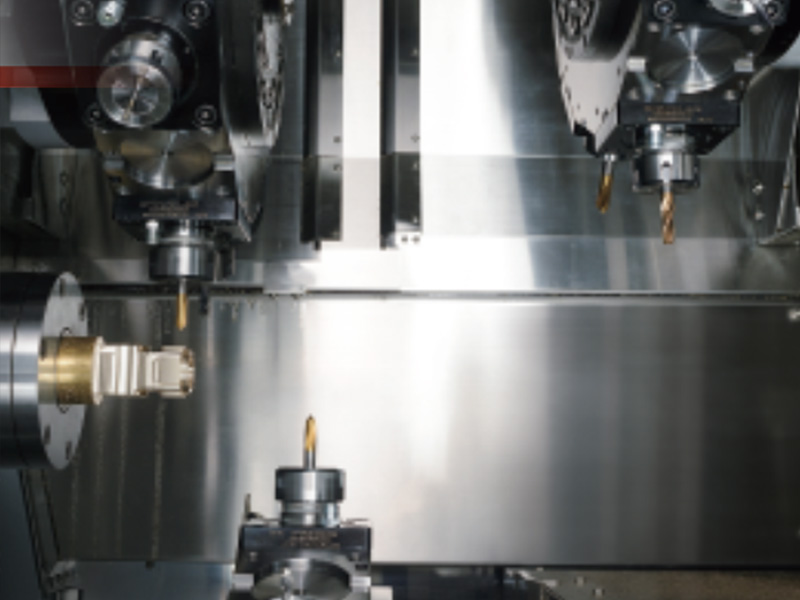MEDIA

Introduction:
CNC (Computer Numerical Control) Turning Centers represent a pinnacle of precision engineering and automation in the realm of manufacturing. These sophisticated machines have transformed the way components are produced, offering unparalleled accuracy, repeatability, and efficiency. In this article, we delve into the intricate workings and advanced capabilities of CNC Turning Centers, exploring their role in modern manufacturing processes.
-
Evolution of CNC Turning Centers:
- Historical overview: Tracing the development of turning centers from manual lathes to CNC-controlled machines.
- Technological milestones: Highlighting key advancements in CNC technology that have shaped the evolution of turning centers.
- Market trends: Examining the current landscape of CNC turning center manufacturers and the demand for advanced features.
-
Core Components and Mechanisms:
- Spindle and Chucking Systems: Exploring the design and functionality of spindles and chucks in CNC turning centers.
- Tooling Systems: Discussing the various tooling options available for CNC turning operations, including static and live tooling.
- Control Systems: Understanding the role of CNC controllers in orchestrating the movement and operation of turning centers.
-
Precision Machining Capabilities:
- Tolerance Control: Highlighting the ability of CNC turning centers to achieve tight tolerances and superior surface finishes.
- Multi-Axis Machining: Exploring the advantages of multi-axis machining in enhancing the complexity and versatility of turned parts.
- Sub-Spindle Operations: Examining the functionality of sub-spindles for performing secondary operations and reducing setup times.
-
Automation and Integration:
- Bar Feeding Systems: Discussing the integration of automatic bar feeders to enable continuous and unmanned operation of turning centers.
- Robotic Loading/Unloading: Exploring the use of robotic systems for efficient loading and unloading of workpieces, minimizing manual intervention.
- Industry 4.0 Integration: Highlighting the role of CNC turning centers in the context of Industry 4.0, including connectivity, data analytics, and predictive maintenance.
-
Applications and Industries:
- Aerospace: Exploring the critical role of CNC turning centers in manufacturing precision components for aircraft and spacecraft.
- Automotive: Discussing the application of turning centers in producing engine components, transmission parts, and steering system elements.
- Medical: Highlighting the use of CNC turning centers in fabricating intricate surgical instruments, implants, and medical devices.
-
Future Trends and Innovations:
- Hybrid Machining: Discussing the integration of additive manufacturing technologies with CNC turning centers for hybrid machining processes.
- AI and Machine Learning: Exploring the potential of AI-driven algorithms for optimizing tool paths, reducing cycle times, and enhancing productivity.
- Sustainability Initiatives: Examining emerging trends in eco-friendly machining practices, including energy-efficient designs and recyclable materials.
Conclusion: CNC Turning Centers have revolutionized the manufacturing landscape, offering unparalleled precision, flexibility, and efficiency. As technology continues to advance, these machines will play an increasingly vital role in driving innovation and competitiveness across various industries. By staying abreast of the latest developments and embracing emerging trends, manufacturers can harness the full potential of CNC turning centers to meet the demands of the modern market.
